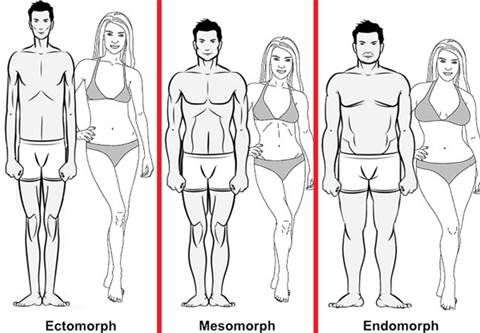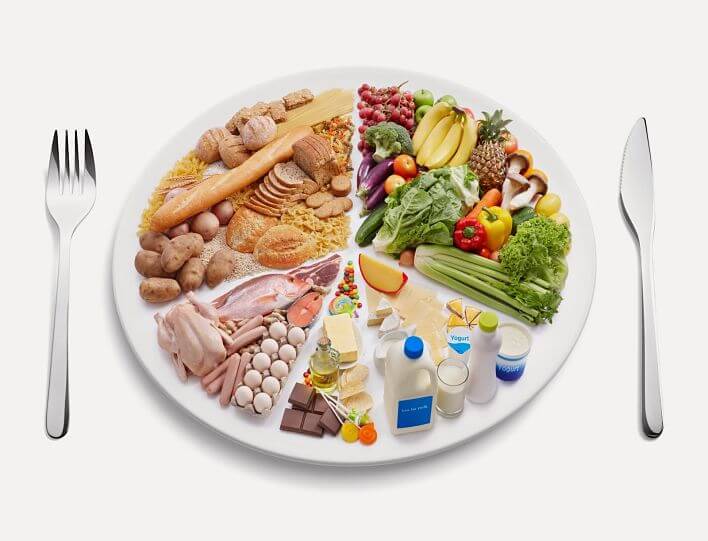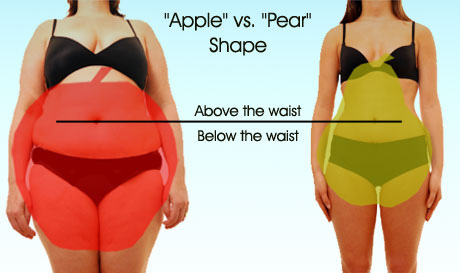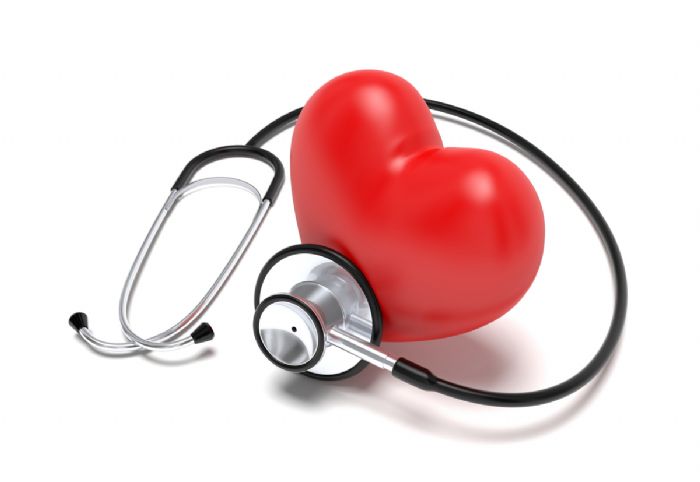
Know your body type to plan diet & training program
Many times my clients be like – ‘that guy eat whatever he want and never gain weight , while I’m getting fat no matter how much I workout or how little I eat.’ Sometimes they wonders about my trainers ‘pallav’ and ‘rahul’ that ‘this trainer always look like he workout, even when he don’t !!! Haha
Guys, did you ever notice that some people are naturally skinny , naturally fat or naturally stocky (muscular). It’s not your imagination. We are all built differently and our bodies are not the same. Our body shape is genetically set for us right from birth.The three main types of body shape are:
Body shape –
One method used to assess body shape, called somatotyping, rates a person’s body on three factors: Endomorphy (fatness), Mesomorphy (muscularity) and Ectomorphy (slenderness).
Ectomorph :
Ectomorphs have very high metabolic rates. This makes it very difficult them to gain both muscle and fat. The ectomorph faces a much greater challenge than does the mesomorph in gaining muscle and therefore must be patient with muscle gains when resistance training.
Mesomorph :
This is the guy or gal who comes into the gym and doesn’t really look as if he knows what he is doing, nor does he/she stay very long, yet grows like a weed? Mesomorphs can basically get away with doing less and achieving more prone to over training because they see results so quickly.
Endomorph:
Endomorph are generally those with a large bone structure with a slower metabolism, fat loss is very difficult, which can hide their hard-earned muscle gains.
Ectomorph –
- thin
- flat chest
- delicate build
- young appearance
- lightly muscled
- stoop shouldered
- has trouble gaining weight
- muscle growth takes longer
Mesomorph –
- hard, muscular body
- overly mature appearance
- rectangular shaped
- thick skin
- upright posture
- gains or lose weight easily
- grows muscle quickly
Endomorph –
- soft body
- underdeveloped muscle
- round shaped
- over-developed digestive system
- trouble losing weight
- generally gains muscle easily
The problem with the three approach is that most people are a combination of the three types. For example a person with a stocky build who is tall may be a meso-ecto. There is not a huge amount we can do to actually change this. But we can work on what we have and make improve not just the way we look but also the way we feel about over selves. The first thing we need to do is think about what type of body shape we are and then work out according to that.
In a nutshell we have to recognise that any training program be tailored for our bodies, and the program that works for one person may not work for someone else.








